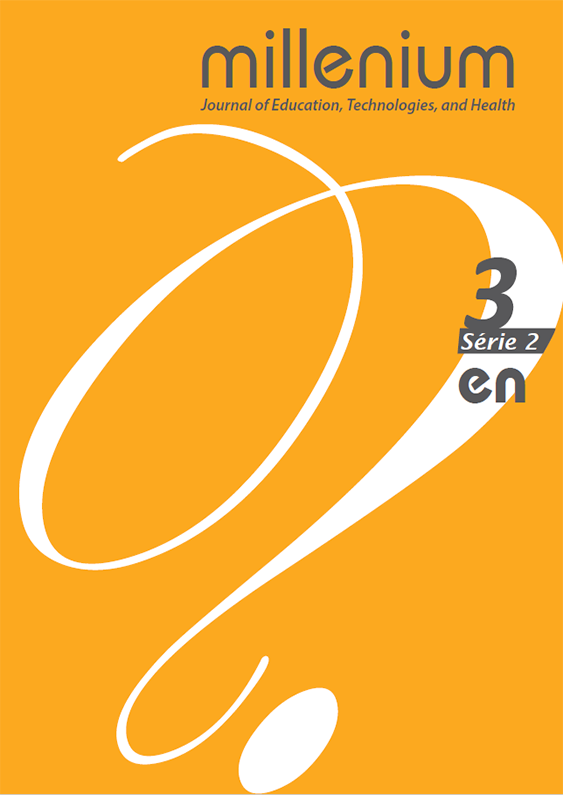Physico-chemical and sensory characterization of fruit jams of S. Tomé and Príncipe
DOI:
https://doi.org/10.29352/mill0203.08.00136Keywords:
Jams, banana, ambarella, guava, papayaAbstract
Introduction: São Tomé and Príncipe has a wide variety of fruit trees, being most of the fruits consumed in fresh. In certain periods of the year, fruits are available at significant amounts; however, it is not common to use the surplus of those fruits. Thus, this excess may be used in the preparation of other fruit based products (ex. jams), in order to increase product diversity and allow the annual consumption of these seasonal fruits.
Objetives: Valorise fruits’ production in S. Tomé and Príncipe.
Methods: Preparation of jams of banana, ambarella, guava (dark and light) and papaya, with two levels of sugar, and perform their physico-chemical characterization (color, pH, moisture and acidity). Furthermore, sensory analysis was also done, through preference and acceptability tests.
Results: The jams prepared had different colours, acidity values, and moisture and ash contents, demonstrating the possibility of producing different products by changing the formulation. Regarding jams preference, 60% of the consumers preferred the less sweet in the case of banana and guava (light), whereas, over 67% of the panellists preferred the sweetest ambarella jam. Concerning dark guava and papaya, the percentages were similar for both sugar contents. For all attributes analysed (appearance, colour, taste, acidity, sweetness and global evaluation), most of the panellists liked slightly all jams.
Conclusion: Jams production in S. Tomé and Príncipe may be a promising activity.
Downloads
References
AOAC (1940): AOAC Official Method 940.26 - Ash of Fruits and Fruit Products. Journal of AOAC International 23, 314.
Borges, S. V., Valente, W. A., Figueiredo, L. P., Dias, M. V., Pereira, P. P., Pereira, A. G. T., & Clemente R. R. (2011). Quality evaluation of banana skin extract jellies. Food Science and Technology International, 17, 177-183. http://dx.doi.org/10.1177/1082013210381945.
Correa, R. C. G., Sora, G. T. S., Haminiuk, C. I. W., Ambrosio-Ugri, M. C. B., Bergamasco, R., & Vieira, A. M. S (2011). Physico-chemical and sensorial evaluation of guava jam made without added sugar. Chemical Engineering Transactions, 24, 505-510. http://dx.doi.org/10.3303/CET1124085.
Fernandes, L. G. V., Braga, C. M. P., Kajishima, S., Spoto, M. H. F., Borges, M. T. M. R., & Verruma-Bernardi, M. R. (2013). Caracterização físico-química e sensorial de geleias de goiaba preparadas com açúcar mascavo. Revista Brasileira de Produtos Agroindustriais, 15, 167-172. http://dx.doi.org/10.15871/1517-8595/rbpa.v15n2p167-172
Lago-Vanzela, E. S., Ramin, P., Umsza-Guez, M. A., Santos, G. V., Gomes, E., & Da Silva, R. (2011). Chemical and sensory characteristics of pulp and peel “cajá-manga” (Spondias cytherea Sonn.) jelly. Ciência e Tecnologia de Alimentos, 31, 398-405. http://dx.doi.org/10.1590/S0101-20612011000200018
Law-Decree n.º 230/2003 of 27th September. Diário da República – I Série-A, N.º 224, p. 6323-6327.
Lee, E. H., Yeom, H. J., Ha, M. S., & Bae, D. H. (2010). Development of banana peel jelly and its antioxidant and textural properties. Food Science and Biotechnology, 19, 449-455. http://dx.doi.org/10.1007/s10068-010-0063-5.
López, G. R., Ramírez, A. O., & Farinas, L. G. (2000). Evaluación fisicoquimica y microbiológica de tres mermeladas comerciales de guayaba (Psidium guajava L.). Archivos Latinoamericanos de Nutrición, 50, 291-295.
Mamede, M. E. O., Dib de Carvalho, L., Viana, E. S., Alves de Oliveira, L., Soares, W. S. F., & Ritzinger, R. (2013). Production of dietetic jam of umbu-caja (Spondias sp.): physical, physicochemical and sensorial evaluations. Food and Nutrition Sciences, 4, 461-468. http://dx.doi.org/10.4236/fns.2013.44059
Marquina, V., Araujo, L., Ruíz, J., Rodríguez-Malaver, A., & Vit P. (2008). Composición química y capacidade antioxidante en fruta, pulpa y mermelada de guayaba (Psidium guajava L.). Archivos Latinoamericanos de Nutricion, 58, 98-102.
Rajarathnam, S (2010). Perspectives of processing papaya (Carica papaya) fruit: national and international strategies. Acta Horticulturae, 851, 547-553. http://dx.doi.org/10.17660/ActaHortic.2010.851.84
Downloads
Published
How to Cite
Issue
Section
License
Authors who submit proposals for this journal agree to the following terms:
a) Articles are published under the Licença Creative Commons (CC BY 4.0), in full open-access, without any cost or fees of any kind to the author or the reader;
b) The authors retain copyright and grant the journal right of first publication, allowing the free sharing of work, provided it is correctly attributed the authorship and initial publication in this journal;
c) The authors are permitted to take on additional contracts separately for non-exclusive distribution of the version of the work published in this journal (eg, post it to an institutional repository or as a book), with an acknowledgment of its initial publication in this journal;
d) Authors are permitted and encouraged to publish and distribute their work online (eg, in institutional repositories or on their website) as it can lead to productive exchanges, as well as increase the impact and citation of published work
Documents required for submission
Article template (Editable format)





